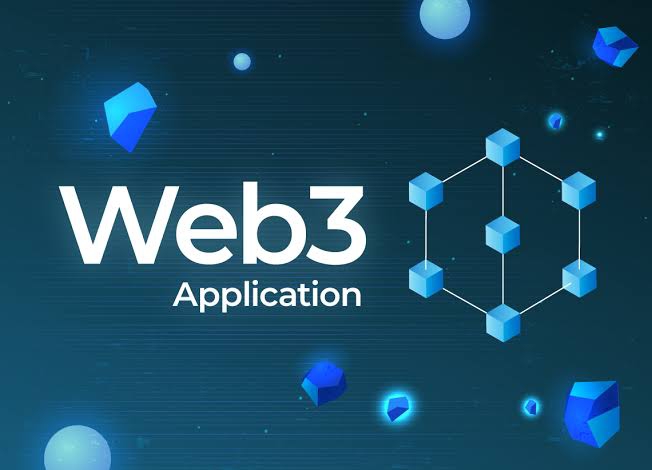how to build a web3 app
Welcome to the world of web3 app development! In this tutorial, we’ll guide you through the process of building your very first web3 app. Don’t worry if you’re new to web3 development – we’ll take it one step at a time.
Step 1: Set up Your Development Environment
To start building your web3 app, you’ll need to set up your development environment. This includes installing Node.js, a code editor, and a Solidity compiler. Node.js is a JavaScript runtime that allows you to run your code on your local machine. A code editor like Visual Studio Code or Atom is where you’ll write your code. And a Solidity compiler like Remix is what you’ll use to compile your smart contract code.
Step 2: Create Your Smart Contract
Once you have your development environment set up, it’s time to create your smart contract. Smart contracts are the brain of your web3 app – they contain the logic and rules that govern the behavior of your app. You’ll write your contract code in Solidity, a programming language specifically designed for blockchain development. Then, you’ll compile and deploy your contract to a testnet or mainnet.
When writing your smart contract, it’s important to keep security in mind. Make sure to use best practices like encryption, secure data storage, and access control. Also, consider scalability and performance, as your app may need to handle a large number of users and transactions.
Step 3: Build Your Frontend
Next, you’ll build your frontend – the user interface of your web3 app. This is what users will interact with to use your app. You’ll design your user interface using HTML, CSS, and JavaScript, and connect it to your smart contract using Web3 libraries.
When building your frontend, consider user experience and usability. Make sure your app is intuitive and easy to use, even for users who are new to blockchain technology. Also, ensure that your app is mobile-friendly, as many users will access it on their smartphones.
Step 4: Integrate Web3 Libraries
Web3 libraries like Web3.js or Ethers.js allow you to interact with the blockchain from your frontend. You’ll install the library using npm or yarn, import it into your frontend code, and use it to connect to your smart contract and perform blockchain operations.
Step 5: Test and Deploy Your App
Before deploying your app to the world, make sure it works as expected! Test your app on a testnet or mainnet, ensure security, scalability, and functionality, and then deploy it to a hosting platform or decentralized network.
Congratulations! You’ve just built your first web3 app. This is just the beginning of your web3 journey. Keep learning, experimenting, and pushing the boundaries of what’s possible in the decentralized web. Remember, web3 development is a rapidly evolving field – stay up-to-date with the latest developments and best practices. Happy building!
In addition to the basics, you may also want to consider advanced topics like:
- Blockchain interoperability
- Decentralized storage solutions
- Non-fungible tokens (NFTs)
- Decentralized finance (DeFi) integration
These topics will help you build a more robust and feature-rich web3 app, and stay ahead of the curve in the rapidly evolving web3 landscape.
